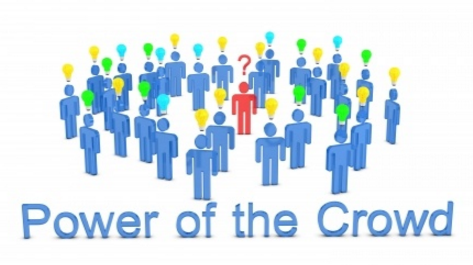Tag: Lego crowdsourcing

Lego Innovation Is a Great Example of Crowdsourcing
The entrepreneur always searches for change, responds to it, and exploits it as an opportunity. Great thoughts by Peter Drucker. Have you done any recent reading or research on crowdsourcing design? What about the Lego innovation fund? We follow these topics quite closely and have written several blogs on them. It is not just for new…